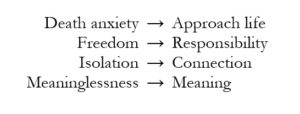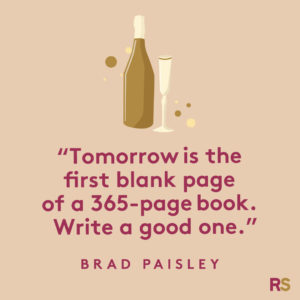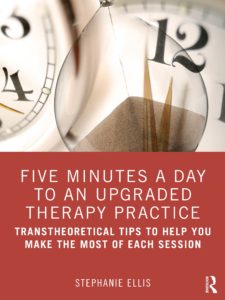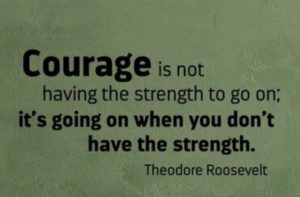
Existentialism Dessert Exercise
When you first learned about it, one of a few things probably happened. You either immediately threw up some kind of unconscious defensive wall because you heard the word Death or you started making plans to quit school, go to the beach, and drink margaritas because, well, Death.
(If you’re reading this, chances are you made it through, and didn’t take up your second choice career of selling snorkels. Great work!)
I’d like to clarify a little existential gem, if I could. And I’d like to do it with an experience. (Because, deep down, if you’re honoring the existential philosophy then your work and your life are inherently experiential. But that’s for another post.)
As you read this, it will help if you really imagine the process. But that’s NOWHERE near as helpful or interesting as actually doing this process, so I hope you do.
Ok, first you need to go procure your favorite food. I really want this to be your favorite food, and if you have to go to some lengths to get it (e.g., go to the store, call your mom and ask her to bake, drive across town to that wonderful restaurant), all the better.
Second, put one normal portion (normal for you) of just that food on a plate.
Third, divide that portion into tenths. (yes, 1/10ths) Then, throw away all but one tenth. (yes, throw away 9/10ths of your favorite thing that you just went across town for. YES, THROW IT AWAY. DO NOT put it in the fridge.)
Stop. You put it in the fridge, didn’t you? Go throw it away.
(Good, now take a moment to honor what it was inside you that wanted to keep it, and how it felt to throw it away.)
Now, approach the 1/10th that you have left. Check out how that feels.
Then, eat it. (Yeah, that’s it. No other instructions.)
After you’re done, take stock. What was it like? How did you eat it? Slowly? Did you pay more attention? Did you enjoy it more? Did you stay preoccupied with how much you threw away? Did you spoil your enjoyment by being angry at how little you had? (Or by feeling guilty that you actually left the other 9/10ths in the fridge? Good luck enjoying that now!) Did you have the urge to rush through or end the experience, which was somehow painful? Did you notice wanting to ration it, or not eat it at all? What was the experience like?
There you go. The finiteness of life helps us to focus our intention, live meaningfully, enjoy more fully. Feel free to practice this as often as you like, and just notice what changes.
Leave a comment if you really did this and want to tell about your experience!









